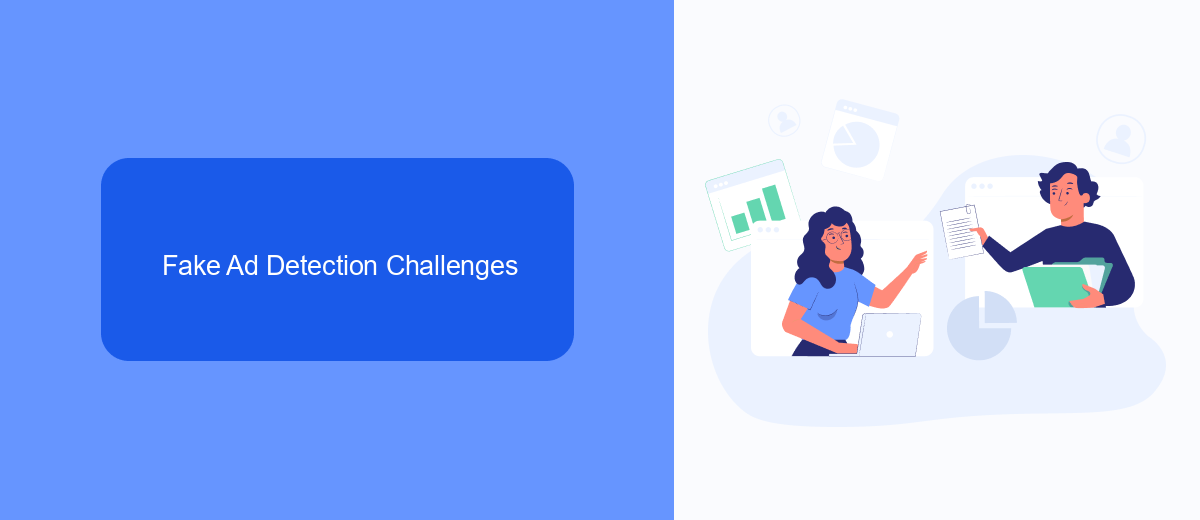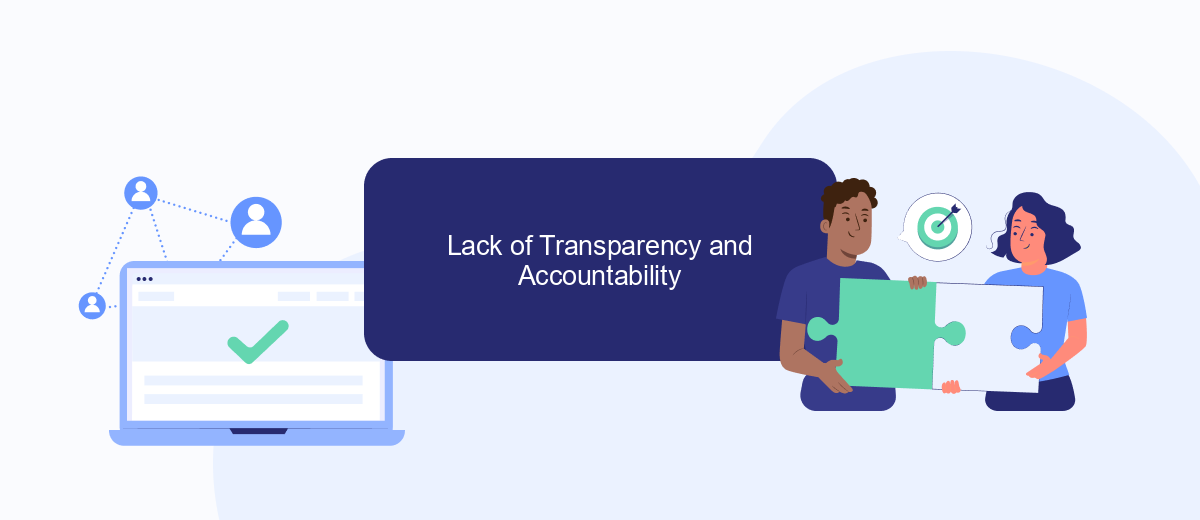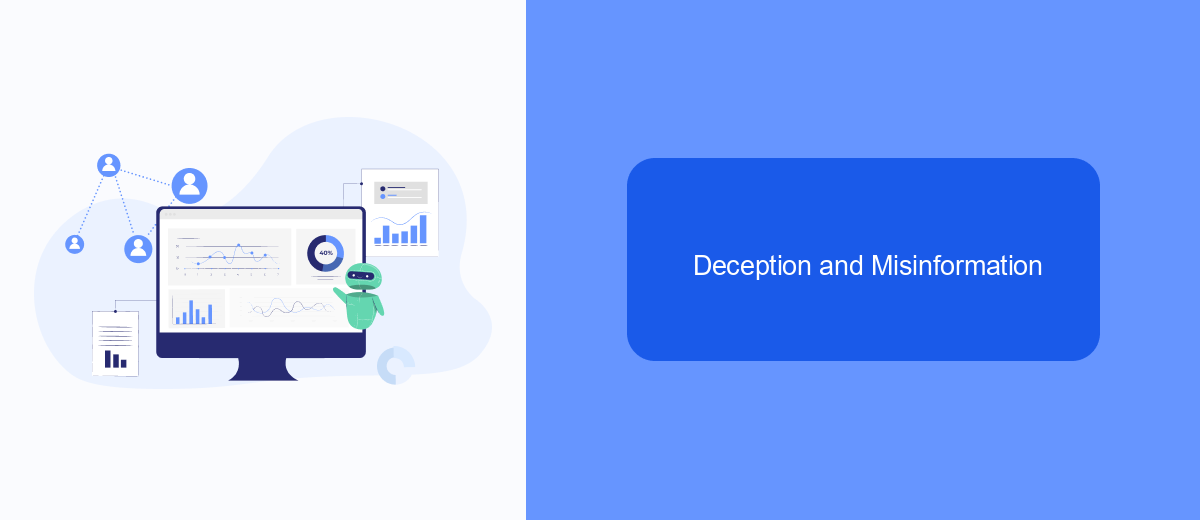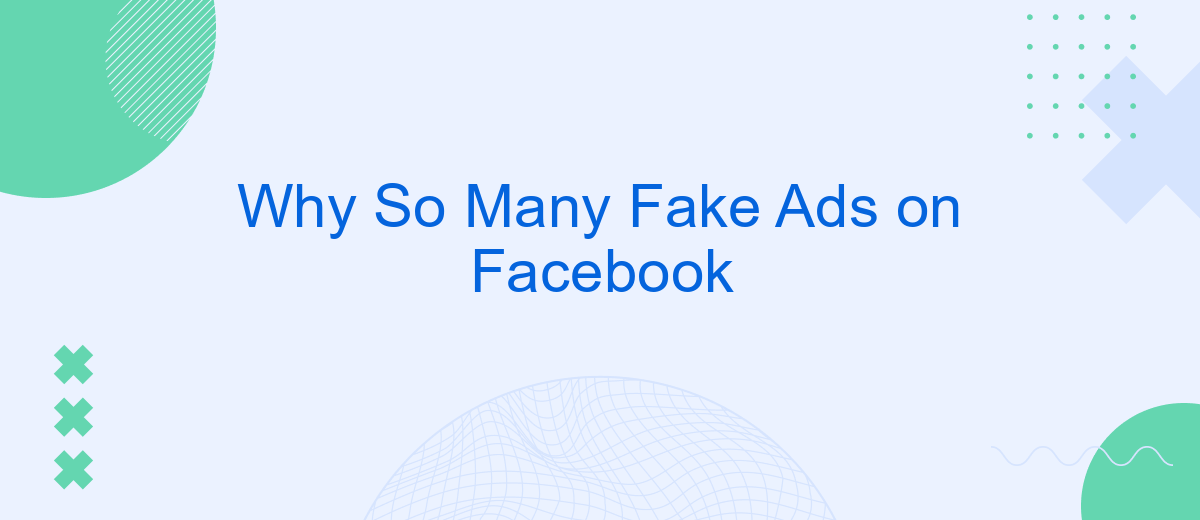In recent years, Facebook has become a hotspot for fake advertisements, leaving users frustrated and misled. The platform's vast reach and sophisticated targeting tools make it an attractive venue for scammers. This article delves into the reasons behind the surge of deceptive ads on Facebook and explores the impact they have on users and the platform's credibility.
Data Harvesting and Ad Targeting
Data harvesting on Facebook is a critical component of how the platform targets ads to its users. By collecting vast amounts of user data, Facebook can create detailed profiles that allow advertisers to target specific demographics with precision. This data is gathered through user interactions, such as likes, shares, and comments, as well as through third-party integrations that collect additional information.
- Behavioral data from user interactions
- Demographic information from profiles
- Third-party data from integrated services like SaveMyLeads
- Location data from check-ins and GPS
- Purchase history from linked accounts
Services like SaveMyLeads facilitate the integration of third-party data by automating the process of data collection and transfer. This allows businesses to seamlessly incorporate external data sources into their Facebook advertising strategies, enhancing their ability to target specific audiences more effectively. As a result, the combination of Facebook's internal data and external data from services like SaveMyLeads creates a powerful tool for advertisers, but also raises concerns about privacy and data security.
Fake Ad Detection Challenges

Detecting fake ads on Facebook presents numerous challenges due to the sophisticated tactics employed by fraudsters. These deceptive ads often mimic legitimate advertisements in appearance and content, making it difficult for both users and automated systems to distinguish between genuine and fraudulent ones. Additionally, the sheer volume of ads on the platform complicates the detection process, as it requires advanced algorithms and significant computational resources to monitor and analyze each ad in real-time.
Another major challenge is the constantly evolving nature of fake ads. Fraudsters frequently update their methods to bypass Facebook's detection mechanisms, making it a continuous cat-and-mouse game. Integrating services like SaveMyLeads can help streamline the detection process by automating data collection and analysis, thereby enhancing the efficiency of identifying suspicious ads. However, even with such tools, the dynamic and adaptive strategies of fraudsters necessitate ongoing vigilance and innovation in detection techniques.
Lack of Transparency and Accountability

One of the primary reasons for the proliferation of fake ads on Facebook is the lack of transparency and accountability in the platform's advertising system. Facebook's ad review process is largely automated, making it easier for deceptive ads to slip through the cracks. Additionally, the platform's policies and enforcement mechanisms often lack clarity, leaving advertisers and users uncertain about what is permissible.
- Automated ad review processes that can miss deceptive content.
- Unclear and inconsistently enforced advertising policies.
- Limited accountability for advertisers who violate guidelines.
To mitigate these issues, services like SaveMyLeads can be instrumental. SaveMyLeads offers robust tools for setting up integrations that help monitor and manage ad campaigns more effectively. By using such services, advertisers can ensure greater compliance with Facebook's guidelines, thereby reducing the risk of their ads being flagged or removed. This not only promotes a healthier advertising ecosystem but also enhances user trust in the platform.
Deception and Misinformation

Deception and misinformation have become rampant on social media platforms, particularly on Facebook. The vast reach and influence of Facebook make it a prime target for malicious actors looking to spread fake ads and misleading information. These fake ads can range from counterfeit products to fraudulent services, often designed to deceive users and extract personal information or money.
One of the key reasons behind the proliferation of fake ads is the lack of stringent verification processes for advertisers. While Facebook has implemented some measures to combat this issue, they are often insufficient and easily circumvented by sophisticated scammers. This creates an environment where deceptive ads can thrive, eroding user trust and causing significant harm.
- Inadequate ad review processes
- Insufficient user education on identifying fake ads
- Advanced tactics used by scammers
- Lack of integrated solutions for ad verification
To mitigate the spread of fake ads, businesses and users can leverage services like SaveMyLeads. This platform helps integrate various tools and services, streamlining the process of ad verification and enhancing overall security. By utilizing such solutions, the integrity of online advertising can be better maintained, protecting both users and legitimate businesses.
Damage to Facebook's Reputation
The proliferation of fake ads on Facebook has significantly tarnished the platform's reputation. Users have become increasingly wary of the authenticity of advertisements they encounter, leading to a general distrust not only of the ads but also of Facebook itself. This erosion of trust can have long-lasting effects, potentially driving users away to more reliable platforms. Moreover, advertisers may also become reluctant to invest in Facebook ads due to concerns over brand safety and the effectiveness of their campaigns.
To combat this issue, Facebook must take proactive measures to enhance ad verification and improve user trust. One effective strategy could involve integrating services like SaveMyLeads, which help automate and streamline ad verification processes. By leveraging such tools, Facebook can ensure that only legitimate ads are displayed, thereby restoring user confidence and protecting its reputation. Addressing the problem of fake ads is crucial for Facebook to maintain its standing as a trusted social media platform and advertising space.
FAQ
Why are there so many fake ads on Facebook?
How can I identify a fake ad on Facebook?
What should I do if I encounter a fake ad on Facebook?
How does Facebook address the issue of fake ads?
Can I automate the process of reporting fake ads?
Would you like your employees to receive real-time data on new Facebook leads, and automatically send a welcome email or SMS to users who have responded to your social media ad? All this and more can be implemented using the SaveMyLeads system. Connect the necessary services to your Facebook advertising account and automate data transfer and routine work. Let your employees focus on what really matters, rather than wasting time manually transferring data or sending out template emails.
